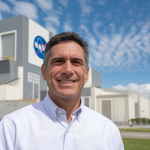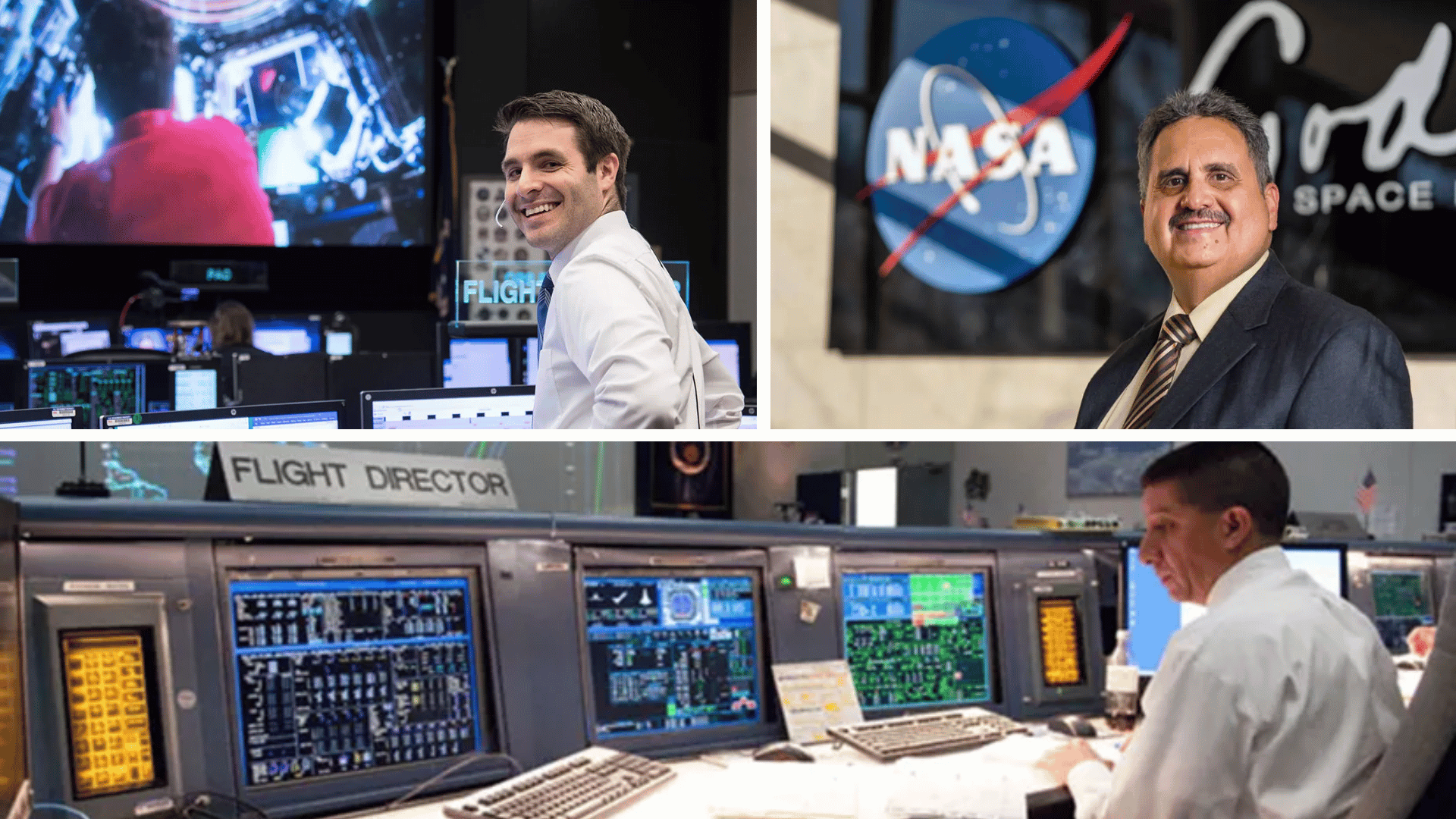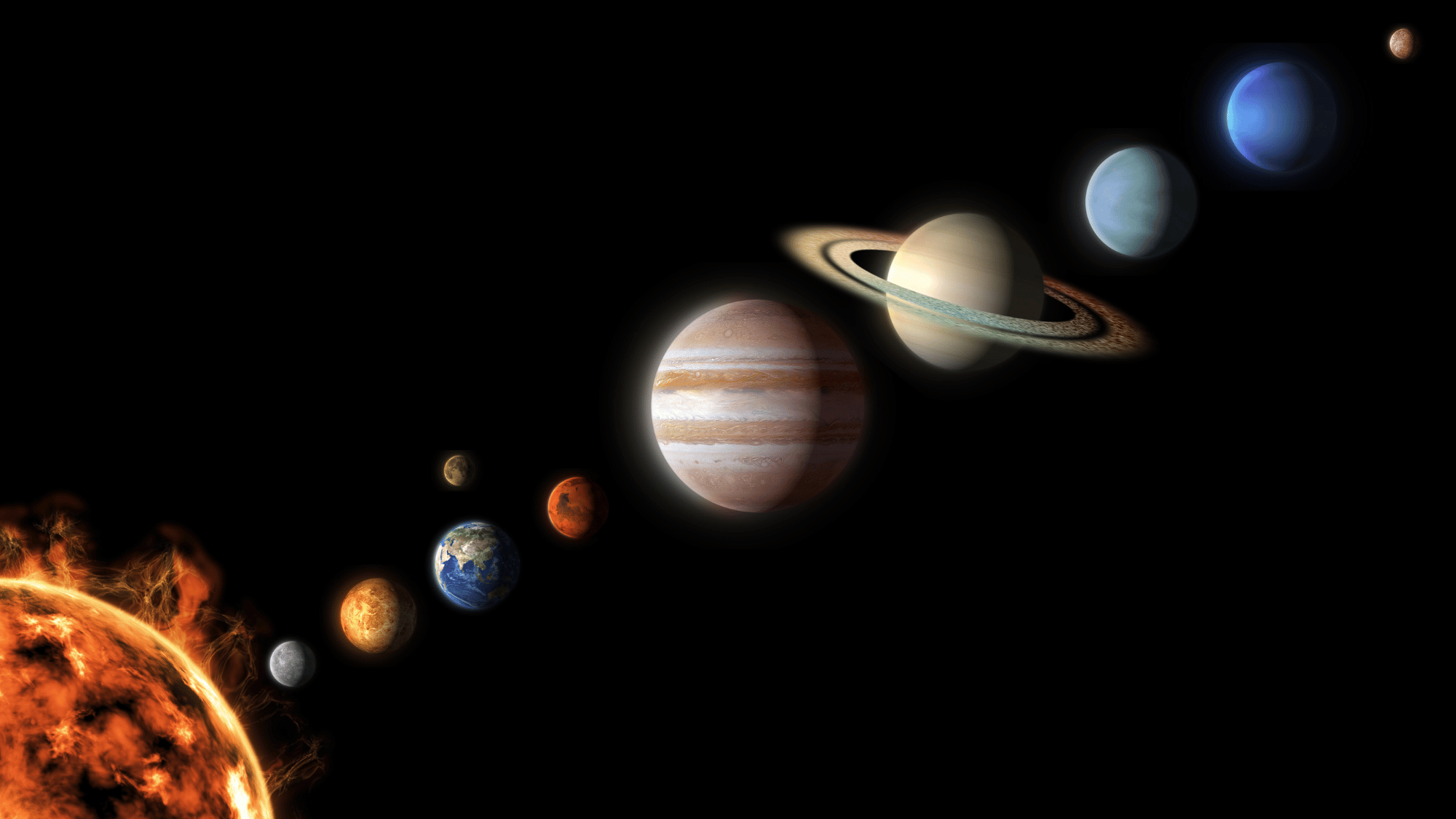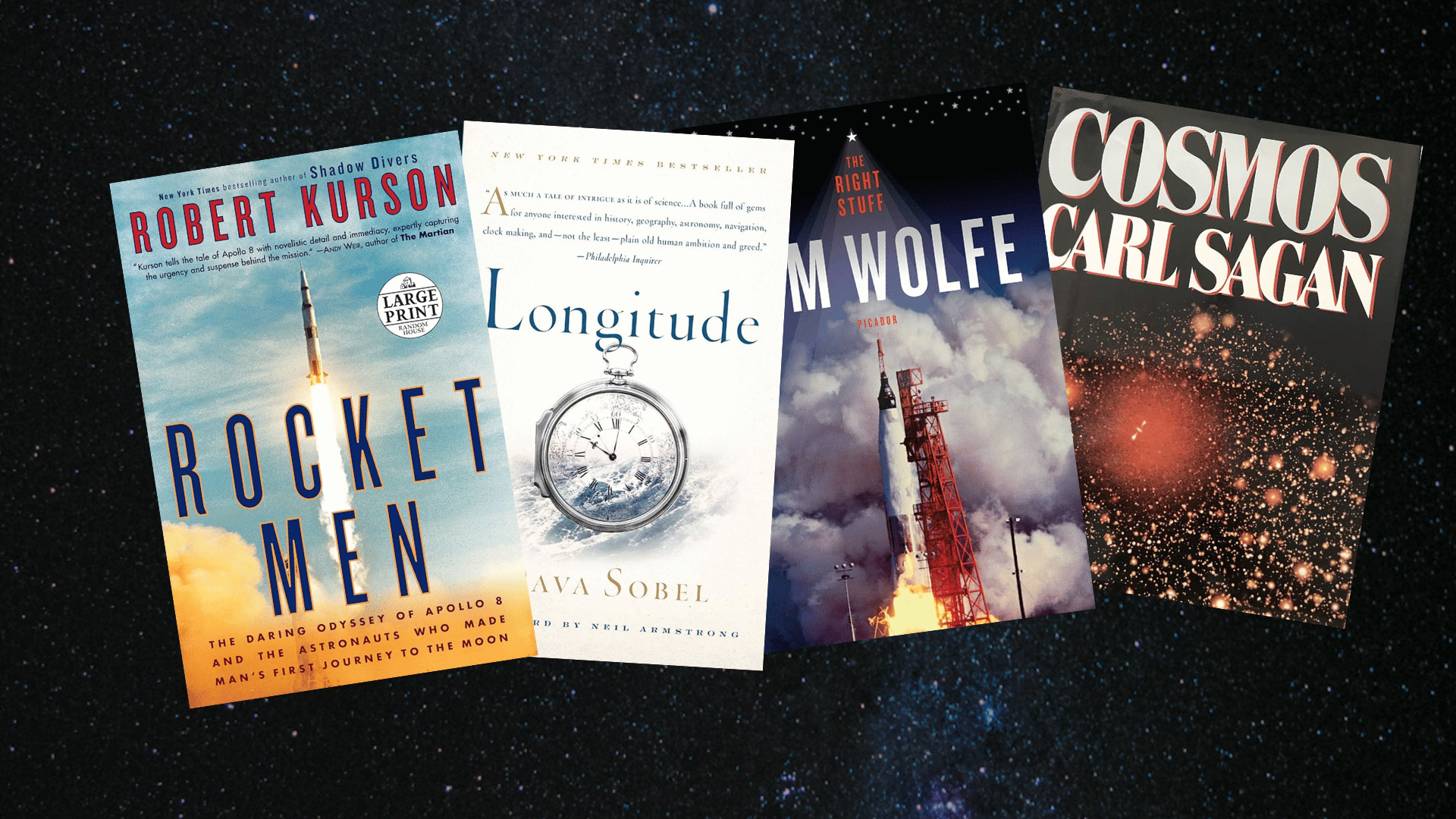Dreaming of a career that takes you beyond ordinary limits?
NASA isn’t just about astronauts and rockets; it’s about science, creativity, and solving problems that shape the future of our planet and space exploration.
From building advanced technologies to studying Earth’s climate and exploring Mars, NASA offers opportunities across many fields.
This article will help you through everything you need to know about how to work for NASA, from educational requirements and career paths to crafting winning applications and overcoming challenges.
Let’s see the pathway to making your space dreams a reality!
How to Work for NASA?
NASA offers more than a job; it’s an opportunity to advance humanity’s exploration of space and scientific knowledge.
The agency focuses on four key areas: space exploration, Earth science, aeronautics innovation, and pioneering technology that benefits both space travel and everyday life.
NASA’s workplace thrives on collaboration across disciplines, bringing together engineers, scientists, and specialists to solve unprecedented challenges.
The agency values technical excellence, creative problem-solving, strong teamwork, integrity, and genuine passion for its mission.
While NASA operates at a more deliberate pace than private companies, it does so due to rigorous safety standards and government processes.
Employees gain the unique satisfaction of contributing to historic missions that inspire generations worldwide
Careers You Can Pursue at NASA

Image Source: NASA
NASA offers an extraordinarily diverse range of career opportunities extending far beyond astronauts and rocket scientists. The agency employs over 18,000 civil servants and contracts with hundreds of thousands more, creating pathways for virtually every professional discipline.
1. Engineering & Technology
Engineering roles form NASA’s largest workforce, solving complex challenges across space exploration. These professionals design cutting-edge systems operating in extreme environments where failure isn’t an option.
- Aerospace Engineers: Design spacecraft, rockets, and propulsion systems for missions to Mars, the Moon, and beyond.
- Mechanical & Electrical Engineers: Develop robotics, power systems, satellites, and electronic controls that withstand harsh space conditions.
- Computer Scientists & Software Developers: Create mission-critical software controlling spacecraft operations and AI algorithms analyzing massive scientific datasets.
- Robotics Specialists: Build autonomous systems for Mars rovers, robotic arms on the ISS, and future exploration robots
2. Science & Research
Scientists drive NASA’s discovery mission, expanding humanity’s understanding of the universe, our planet, and life itself. Most positions require advanced degrees and research experience.
- Astrophysicists & Astronomers: Study cosmic phenomena using space telescopes and analyze black holes, exoplanets, and the universe’s origins.
- Planetary Scientists & Geologists: Examine data from Mars rovers, asteroid samples, and lunar missions while planning future exploration strategies.
- Earth Scientists: Monitor climate change and track weather patterns using satellite technology to provide critical data for policymakers.
- Biologists: Research space’s impact on human health and support long-duration missions while searching for extraterrestrial life
3. Astronaut Corps
The astronaut path represents NASA’s most prestigious yet incredibly competitive career, with only 10-12 candidates selected from thousands every few years through exhaustive evaluation.
- Requires advanced STEM degrees, extensive professional experience as pilots or scientists, plus exceptional physical fitness and psychological resilience.
- Candidates undergo years of intensive training, including spacewalk simulations, Russian language instruction, and spacecraft systems mastery, before flying missions.
- Astronauts conduct scientific experiments aboard the International Space Station and will lead future Artemis lunar missions and Mars exploration.
- Beyond spaceflights, astronauts serve as technical advisors, test new equipment, and communicate NASA’s mission to inspire future generations
4. Business & Administration
NASA’s ambitious missions require a robust administrative infrastructure. These professionals ensure smooth operations, fiscal responsibility, and effective communication, supporting technical teams in achieving historic goals.
- Human Resources: Recruit top talent nationwide and manage employee development programs, ensuring NASA attracts exceptional professionals.
- Finance & Accounting: Oversee multi-billion dollar budgets, allocate resources across competing priorities, and justify spending to Congress.
- Public Affairs & Communications: Craft compelling narratives about NASA’s achievements and manage social media, reaching millions of followers worldwide.
- Legal Professionals: Navigate complex space law, negotiate international treaties, and manage intellectual property rights across global operations
College Degrees that NASA Looks For
Understanding the educational requirements is crucial when learning how to work for NASA. The agency values strong academic credentials, though specific requirements vary significantly based on your chosen career path and desired role.
| Category | Details |
|---|---|
| Core Degrees | STEM (Aerospace, Mechanical, Electrical, Computer Science, Physics, Math, Chemistry) · Space & Earth Sciences (Astronomy, Geology, Meteorology) · Life Sciences (Biology, Biochemistry, Medicine) · Business & Law (Management, Policy, Legal Studies) |
| Advanced Studies | Master’s or PhD for research-heavy roles · Astronaut candidates often hold advanced STEM degrees + flight/military experience |
| Practical Experience | Research projects · Internships at NASA or universities · Co-op programs |
| Technical Skills | Programming (Python, C++, MATLAB) · CAD design · Data analysis · Robotics/AI knowledge |
| Soft Skills | Communication · Teamwork · Adaptability · Leadership under pressure |
| Continuous Learning | Certifications, workshops, and training in AI, robotics, aerospace design, cybersecurity, and emerging technologies |
NASA Centers Across the U.S.
NASA operates 10 major centers, each with its own mission and expertise. Here are some of the most well-known:
- Johnson Space Center (Texas): Astronaut training and mission control
- Kennedy Space Center (Florida): Launch operations and rocket testing
- Jet Propulsion Laboratory (California): Robotic exploration of Mars and the solar system
- Goddard Space Flight Center (Maryland): Earth and space science research
- Langley Research Center (Virginia): Aeronautics and atmospheric research
- Ames Research Center (California): Supercomputing, AI, and life sciences
Each center offers internships, research programs, and full-time careers across different disciplines. Knowing where your skills fit best helps you target applications effectively.
How to Apply for NASA Jobs
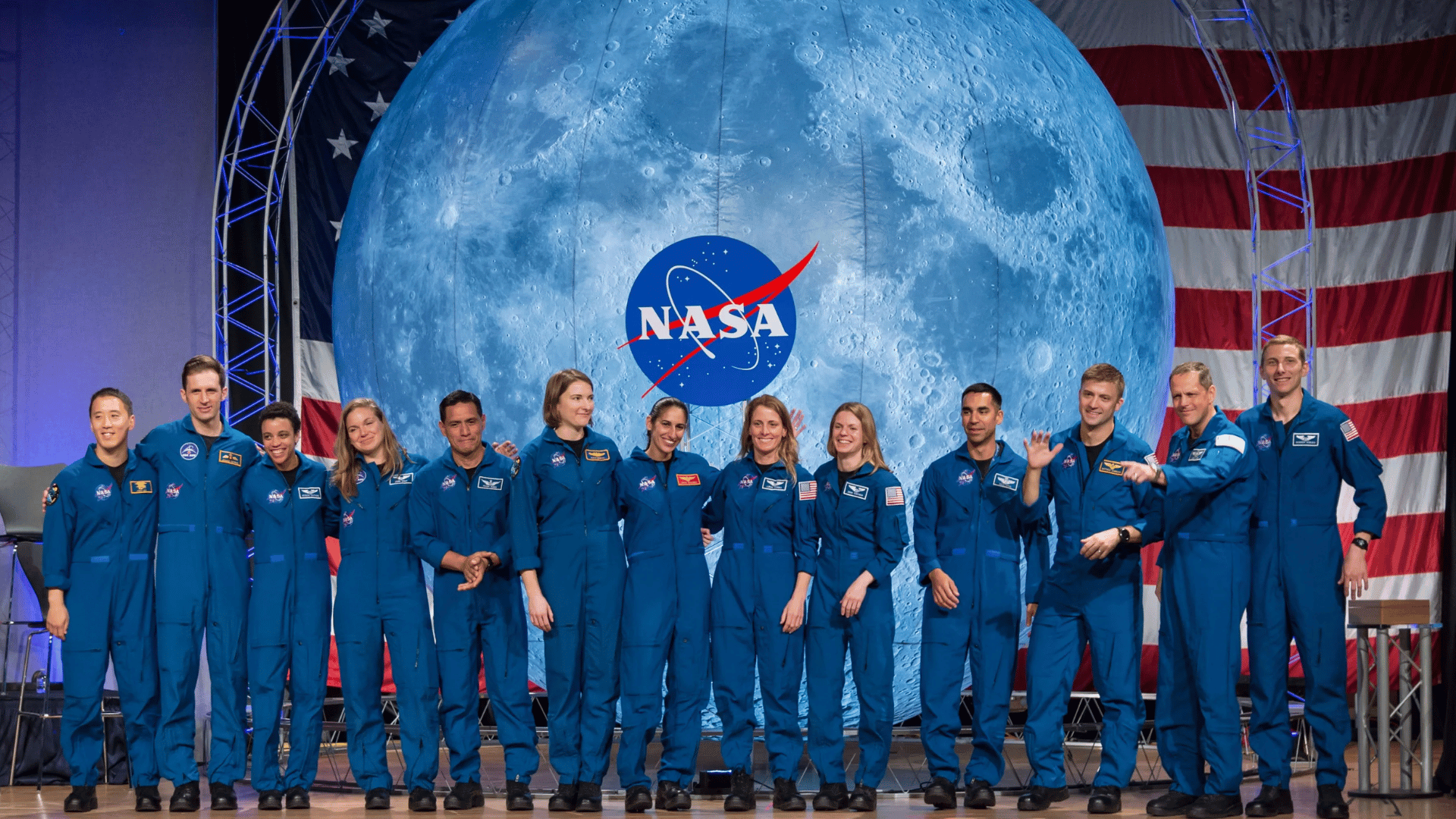
Image Source: NASA
Applying for a role at NASA and learning how to work for NASA requires navigating the federal hiring system and tailoring your application to stand out. Here’s how to approach it step by step.
Step 1: Search for Opportunities
Go to USAJOBS.gov and search for NASA positions by keyword, location, or job type. Openings may close early once enough applicants apply, so check often.
Step 2: Review Requirements
Each posting lists qualifications, citizenship requirements, and grade levels. Make sure you meet the criteria before applying.
Step 3: Prepare a Federal Resume
A federal resume is longer than a normal one, often 4–6 pages. It includes full work history, measurable achievements, and specific skills. Use keywords from the job post to match NASA’s requirements.
Step 4: Submit and Track Your Application
Upload all required documents like transcripts, certifications, and proof of citizenship. Submit early and double-check everything for accuracy. After submission, NASA’s HR screens your application before forwarding it to hiring managers.
Step 5: Interviews and Final Selection
Top candidates may go through interviews, technical assessments, or background checks. From start to finish, the process can take three to six months; patience is key.
Essential Skills NASA Looks For
Working at NASA requires more than just degrees and technical expertise. The agency values individuals who combine knowledge with adaptability, creativity, and collaboration. The core skills NASA seeks in candidates are:
- Technical Mastery: Strong STEM foundation, programming knowledge, and system design experience.
- Innovation and Problem-Solving: Ability to create solutions for unique, complex challenges.
- Collaboration: Working seamlessly with teams from different backgrounds and countries.
- Clear Communication: Writing and speaking effectively about technical concepts.
- Resilience: Staying calm and flexible under demanding conditions.
- Leadership: Taking initiative, guiding projects, and showing accountability.
Internships and Student Programs
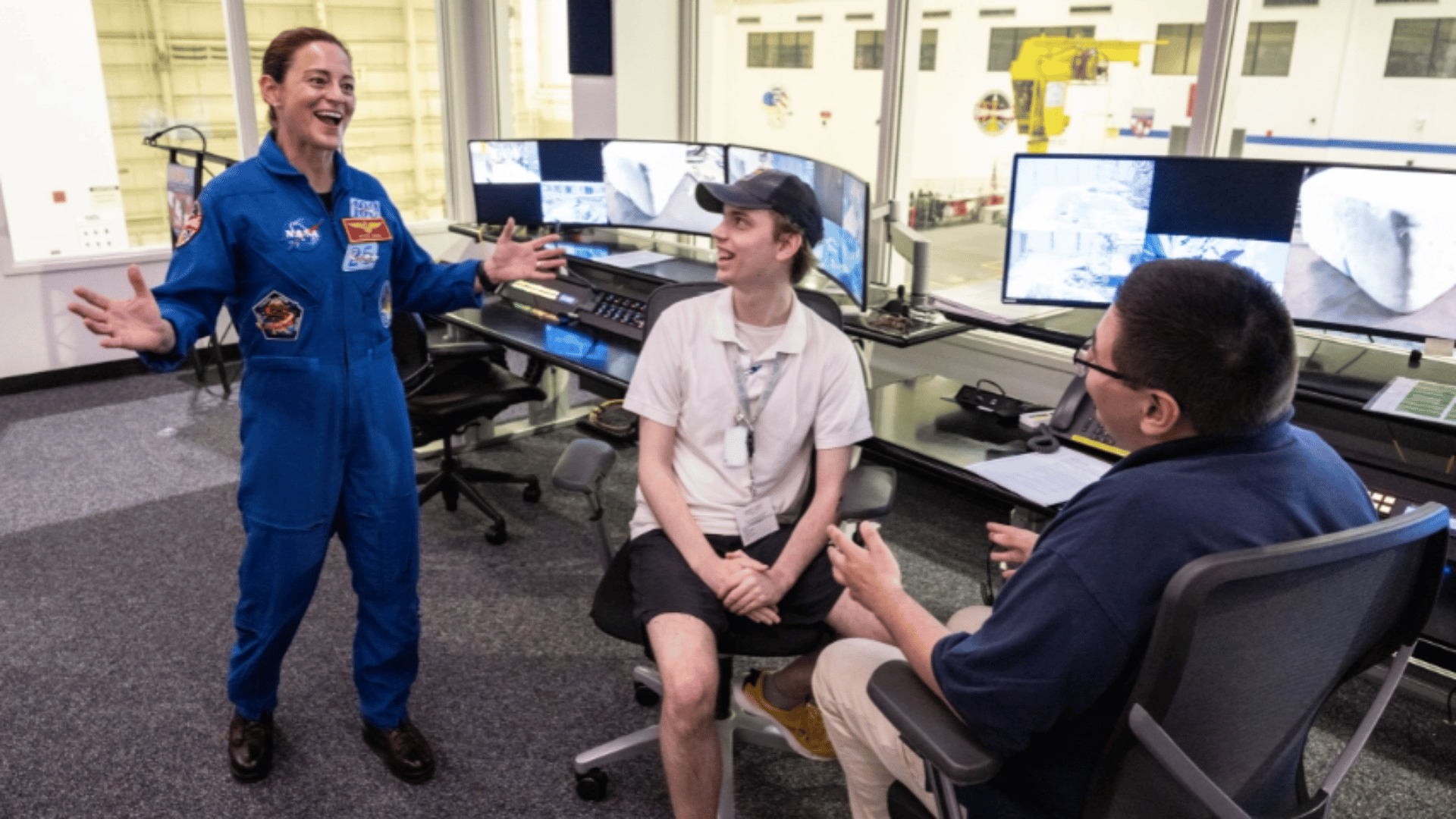
Image Source: ASME
NASA offers world-class internships that let students work on real missions, not just observe. These programs are ideal for building experience and networks early in your career.
- NASA Internships: 10–16 week sessions for undergraduates and graduates across all fields.
- Pathways Program: A direct pipeline from internship to full-time employment.
- NASA DEVELOP: Focuses on using satellite data to solve environmental issues.
- NASA Community College Aerospace Scholars (NCAS): Gives two-year college students hands-on NASA experience.
- Jet Propulsion Laboratory Internships: Specialized programs for students in engineering and science.
Most programs provide stipends and housing support. Apply early through NASA’s Internships & Fellowships portal, and highlight your technical skills, teamwork, and passion for space exploration.
Networking and Professional Development at NASA
Networking is a key part of building a successful career with NASA. By connecting with professionals in the aerospace community, you can discover hidden opportunities and gain valuable guidance.
Attend industry events like AIAA symposiums and space forums, where NASA experts share research and recruit new talent.
Join organizations such as AIAA, the American Astronomical Society, or IEEE to access exclusive job listings and technical resources.
Engage genuinely with NASA employees online, and don’t hesitate to seek advice from professors, alumni, or mentors who can help strengthen your applications and career path.
Conclusion
If you’re a student just beginning your educational journey or an experienced professional seeking to pivot into aerospace, remember that many paths lead to NASA.
Start by building strong technical foundations, gaining relevant experience through internships, networking within the aerospace community, and crafting compelling applications.
Working for NASA represents one of the most rewarding and impactful career paths available, offering the unique opportunity to contribute to humanity’s greatest explorations.
Ready to launch your NASA career? Start today by exploring current opportunities at nasa.gov/careers and taking the first step toward your dream of reaching for the stars.


